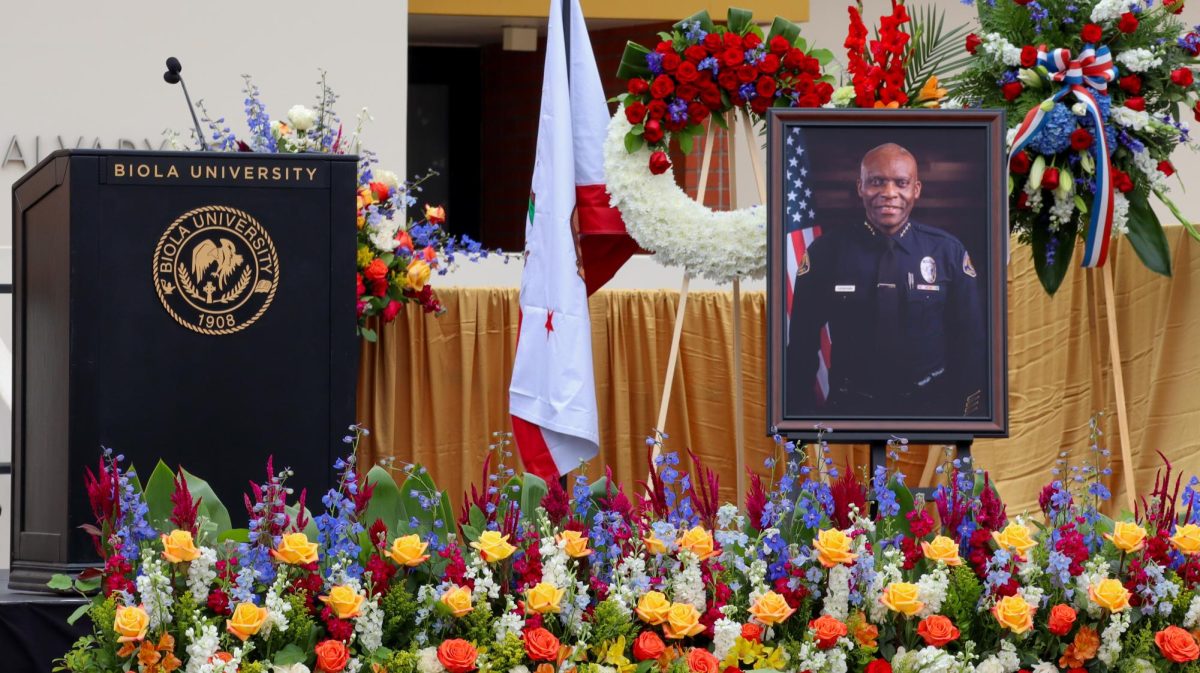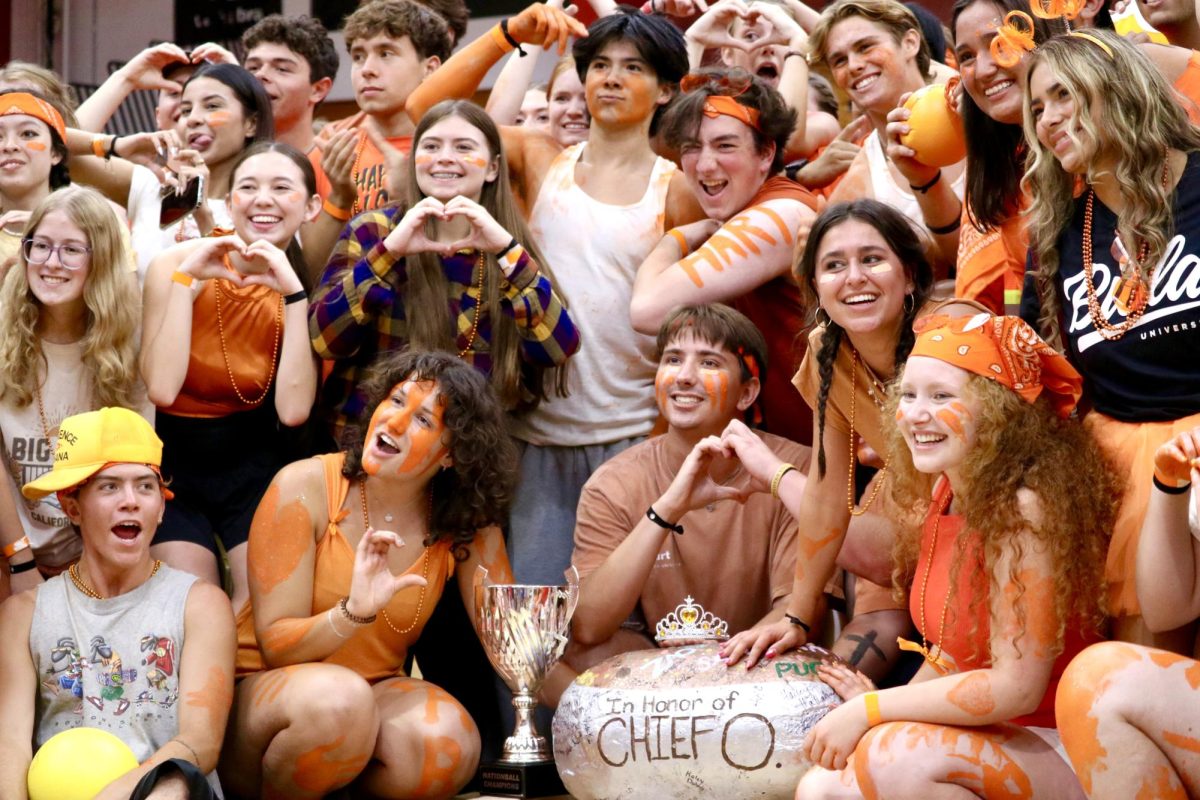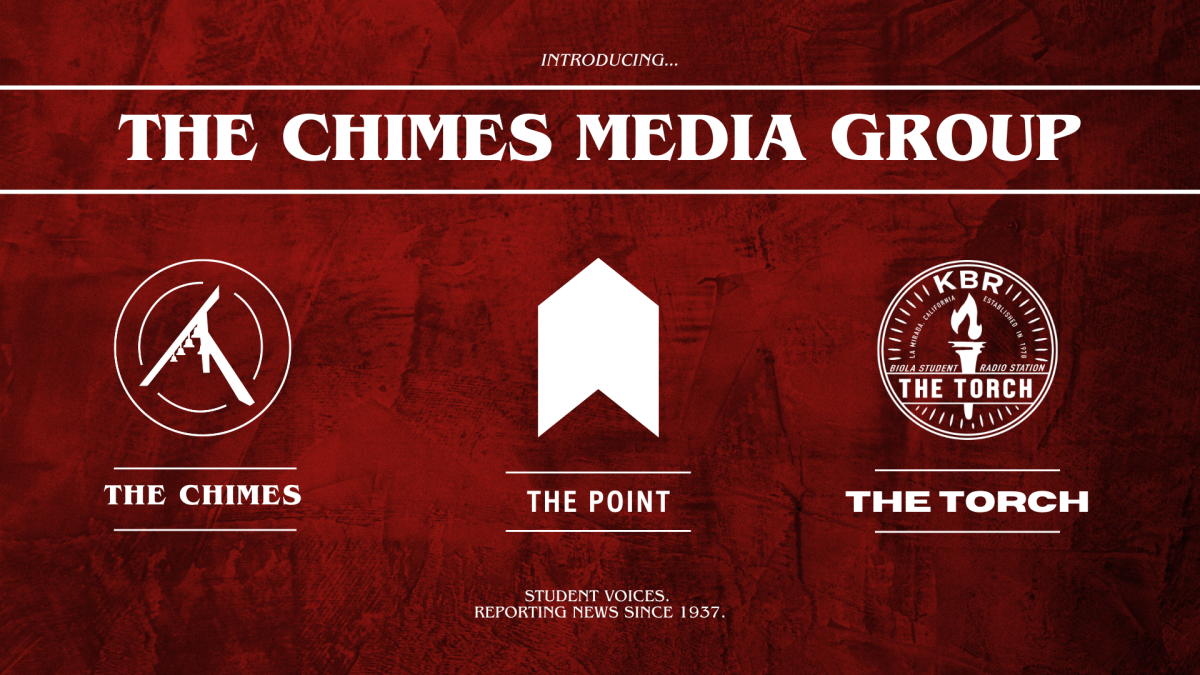Updated: May 8, 2013, 9:15 p.m.
Campus Safety asked a group of students affiliated with Advocates for Life to take down posters depicting babies aborted during the first trimester displayed at their informational table outside the Student Union Building this morning. Campus Safety told the students to remove the photos because the proper approval process to display posters on campus was not followed, said Justin Shelby, public information officer for Campus Safety. All posters must be cleared by Student Development.
While the students received approval for the table, they did not think that they needed approval for the posters since they were not attaching them to a university building, stated junior political science major Beatriz Delgadillo, who was helping manage the tables.
Campus Safety received complaints from Student Development and university communications and marketing shortly before 10 a.m. about the graphic nature of the photos, Shelby said.
Delgadillo and senior nursing major Diana Jimenez displayed six posters featuring enlarged photos of hands, feet, bodies and faces of babies aborted between 8 – 10 weeks. Three of the posters were 3 by 4 feet, while the other half were 4 by 8 feet, according to Delgadillo.
CENTER OF CAMPUS HISTORICALLY OFF LIMITS
Although they did not apply for permission for the photos, the center of campus would not have been a place that Student Development would approve for display, according to Matthew Hooper, associate dean of students.
"In the past we've had groups wanting to display those images. We've asked them not to do that in open public places. We would agree to them displaying them in areas that are more enclosed where students can choose to see them," Hooper explained.
Posters containiing graphic images, even if it is for an important cause, are treated differently than other promotional material, Hooper stated. He gave an example of a young woman healing from a past abortion who might experience emotional distress when encountering the images. The center of campus is meant to be a safe place in which students can feel at home, Hooper said.
Some students who came to study at the Fireplace Pavilion did not think that the posters were appropriate to display on campus.
DISPLAY MEETS NEGATIVE STUDENT REACTION
Showing those photos seems to be just a type of cheap shock value, said Caleb Parker, a senior music and worship major. He compared the photos to Internet dating site advertisements using scantily clad women to attract attention.
“I think using shock kind of cheapens the value of your argument against anything … If people are going to be changed, it is going to be on a different level than shock. While it may draw interest, I'm not really sure that it's super beneficial to us," Parker said.
Several people approached the table and yelled at the students running the table before Campus Safety addressed the situation, said freshman political science major Megan Bredenberg.
Bredenberg expressed concern for the younger prospective students visiting this morning.
"I think that abortion is an issue that we have to talk about but there are a lot of middle schoolers, there are a lot of you get kids around and the signs were really kind of disgusting. It was kind of horrifying," she said.
The photos were meant to bring attention to an issue that is not talked about among Christians and that many people do not know the facts about, Jimenez said.
POSTERS MEANT TO SPARK RESPONSE
“Our pictures are really graphic and they’re really hard to look at, but that’s the whole point. If its hard to look at, then we should not be allowing [abortion],” Jimenez said.
Everyone has different views on strategies to approach these subjects, but the history of social reform has proven pictures to be an effective method to battle complacency about important issues, she said.
“People knew slavery was wrong long before it was ended but no one cared. Everybody was just like, ‘That’s not something that affects me directly, it’s not really a huge issue, slaves are fine.’ And then they saw a picture of a slave being beaten to death, and that’s when they finally cared,” Jimenez explained.






